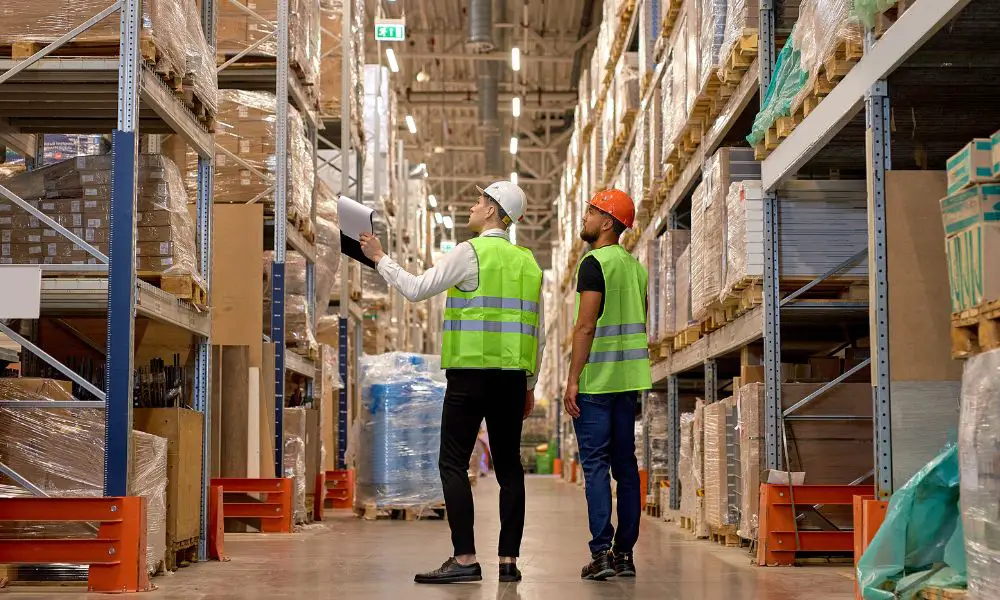

Ensuring safety in the warehouse is paramount for the well-being of employees and the smooth operation of daily activities. Establishing robust safety rules isn’t just about compliance with regulations. It’s about creating an environment where workers feel secure and productivity thrives.
Let’s look at the important safety rules to establish in your warehouse and why they’re critical.
The first step in creating a safe warehouse is to conduct regular safety inspections. These inspections should be thorough and cover all aspects of the workplace, including equipment, storage areas, and walkways. Identify potential hazards, such as damaged equipment or blocked pathways, and take immediate action to address them.
Regular safety inspections not only help prevent accidents but also allow you to identify areas for improvement and implement safety measures before an incident occurs.
Proper employee training is crucial in maintaining a safe warehouse. Make sure all workers receive training on properly using equipment, handling hazardous materials, and following emergency procedures. Training should be ongoing and include regular refreshers so that safety procedures are always at the forefront of everyone’s mind. Staying safe is one of the best ways to increase your job site’s efficiency and morale.
Personal protective equipment, or PPE, is essential for protecting workers from potential hazards in the warehouse. Depending on the type of work they’re doing, they may need to wear hard hats, safety glasses, gloves, or steel-toed boots. Ensure that all employees have access to the required PPE and that they keep them on at all times in designated areas.
A clean and organized warehouse not only increases efficiency but also helps prevent accidents. Make sure that work areas are clutter free and walkways are clear of obstacles. You should also have spills cleaned promptly.
Additionally, employees should properly store tools and equipment after use and keep their workstations tidy.
Warehouse work can be physically demanding, so it’s important to monitor ergonomic conditions to prevent injuries. Invest in equipment like adjustable workstations, lifting aids, and anti-fatigue mats to reduce strain on workers’ bodies. Regularly check for any potential repetitive motion or overexertion risks and take necessary measures to address them.
No matter how many safety measures are in place, accidents can still happen. It’s crucial to have an emergency response plan in place in case of a fire, natural disaster, or another emergency. This plan should include evacuation procedures, designated meeting points, and the roles and responsibilities of employees during an emergency.
Establishing and maintaining safety in the warehouse is an ongoing process that requires commitment from all levels of the organization. By following all the rules we’ve covered, a warehouse can significantly reduce the likelihood of accidents and create a safer, more productive environment. Remember that running a safe warehouse isn’t just about meeting regulations—it’s about valuing your workforce and ensuring their well-being is a top priority.
Discover five warning signs that indicate it’s time to replace your car. From repair costs…
Having PPE on hand isn’t enough to protect your team. Learn how to enhance safety…
When it comes to maintaining or upgrading a home, roofing is often one of the…
When it comes to maintaining the integrity and value of your property, a sturdy roof…
When it comes to maintaining and enhancing the integrity of any structure, the quality of…
Rhode Island, renowned for its scenic coastlines and historic architecture, presents unique challenges and opportunities…